
- 現職:聯發科技
- 公司/學校網頁:http://www.mtk.com.tw/
- 碩士畢業論文:The Design, Fabrication, Test, and Application of Micro Thermal Sensors
- E-Mail:star_hung@mtk.com.tw
- 學歷
- 國立清華大學動力機械工程學系工學碩士 1997~1999

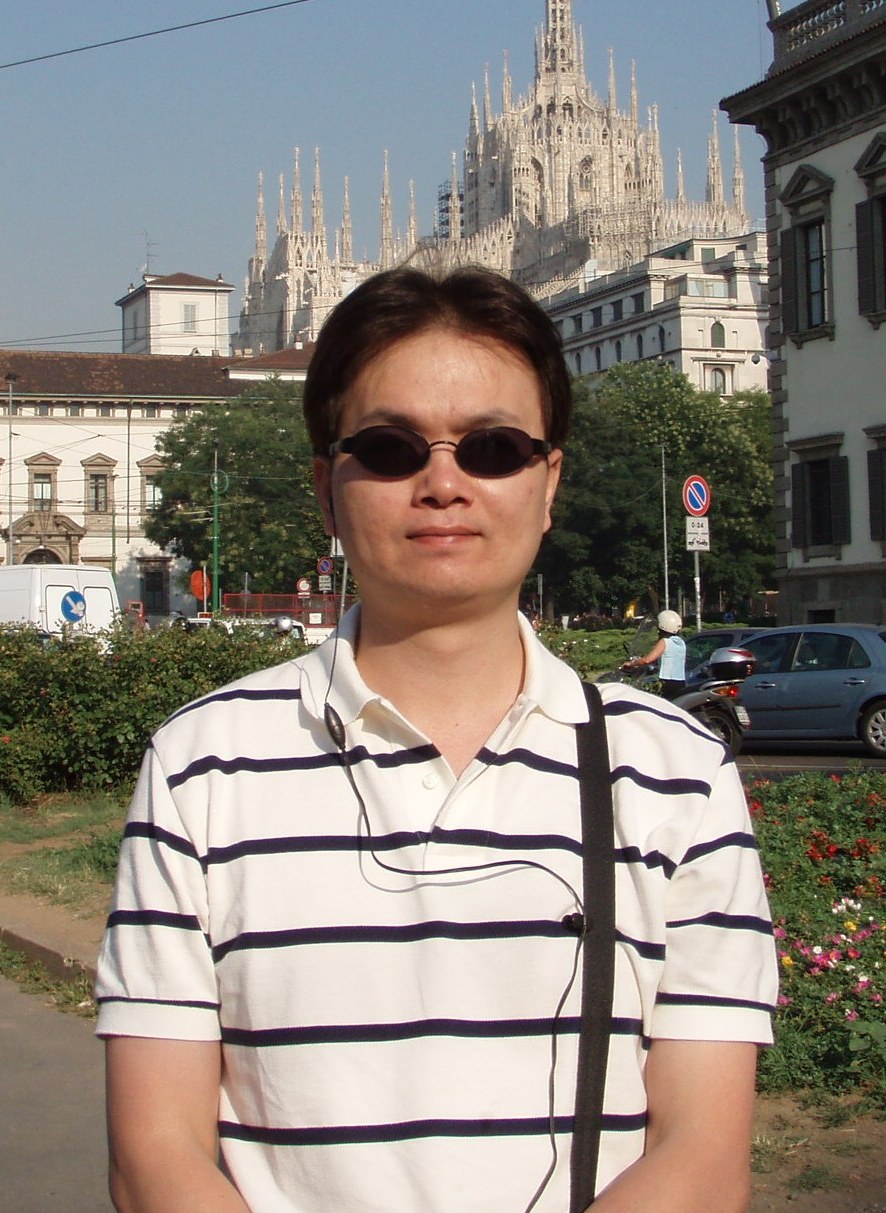



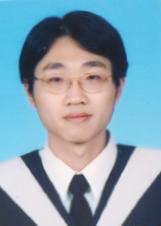
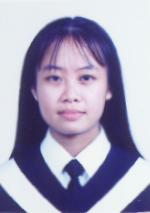
Hung-Lin Yin was born in Tainan, Taiwan, R.O.C., in 1977. He received the M.S. degree from the Department of Power Mechanical Engineering, National Tsing Hua University, Hsinchu, Taiwan, in 2001. In 2001, he worked as an assistant researcher at Instrument Technology Research Center, Taiwan. He joined the WindTop Technology Corp. (Taiwan) in 2009, where he is now a manager of MEMS Design Department.His research interests include MEMS with emphasis on micro fabrication technologies, LIGA-like process, microactuators, the characterization of the mechanical properties of microstructures, electron beam lithography, MEMS Microphone, and MEMS G-sensor.
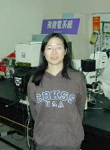
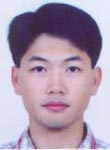
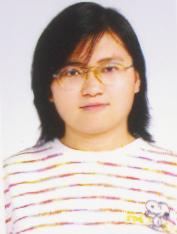
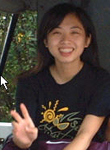
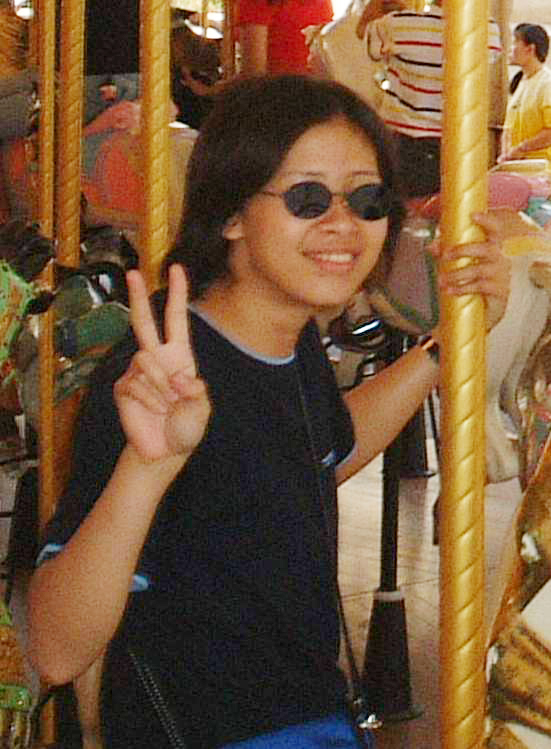
I was born in Taichung, Taiwan, R.O.C., in 1979. 2001 B.E. at the Department of Power Mechanical Engineering, NTHU, Taiwan 2003 M.S. at the Department of Power Mechanical Engineering, NTHU, Taiwan 2003~2007 AC Designer of AU Optronics I designed the highest volume LTPS 2.5inch QVGA product in AUO and we improved the yield from 80% to 90% and set some design guide for LTPS products I designed the 1st 2.5inch HVGA panel (330dpi) with high transmittance (9.6%) and 1mm slim border in the market 2007~2008 Server PM of MICRO-STAR International Corporation, Ltd. We were the first company in Taiwan that light-on the server board with Intel new Nehalem platform. 2008~Now Senior Engineer of Qualcomm MEMS Technologies Taiwan Ltd. Through some failure analysis and revised production process, I improved our bi-chrome panel yield from 85% to 93%.

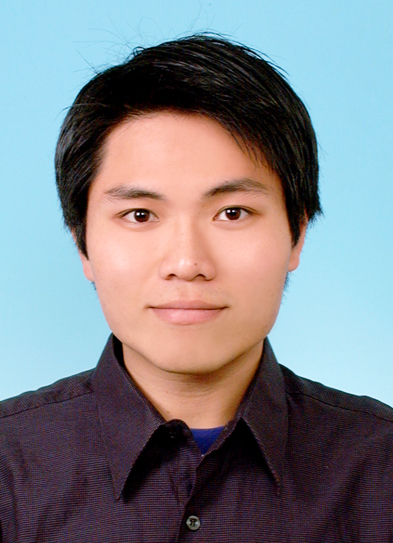





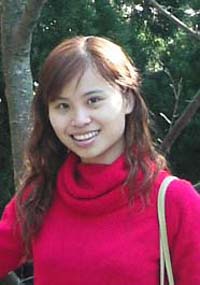

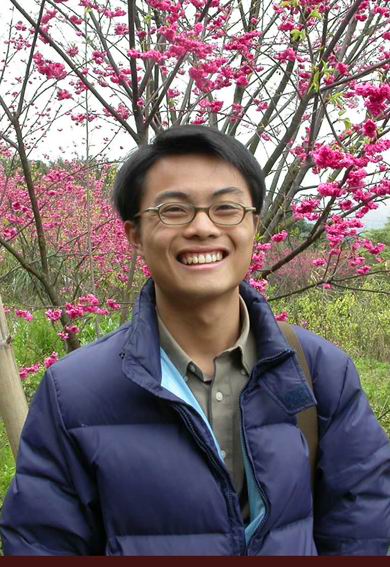

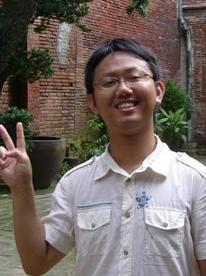
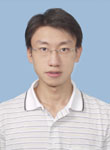

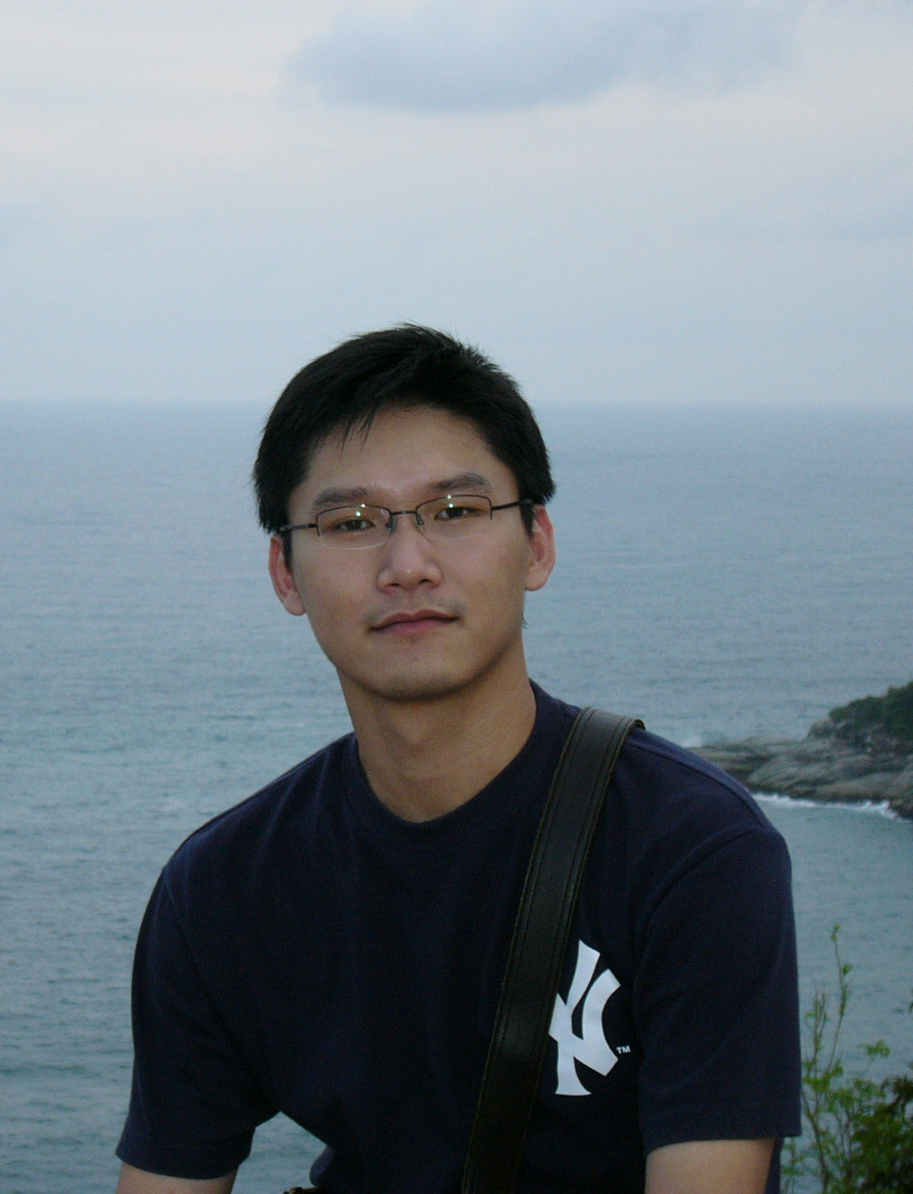

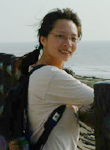
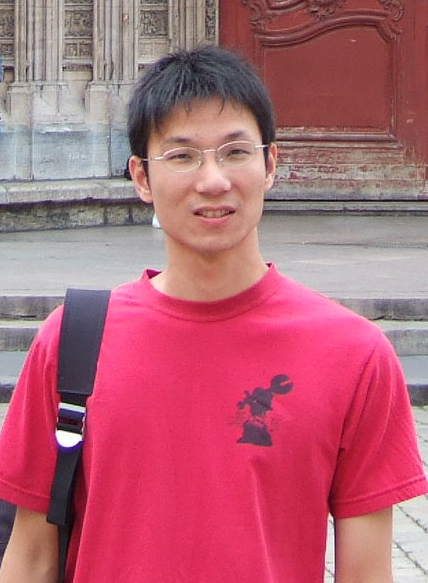
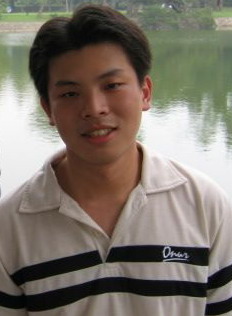
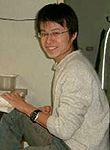
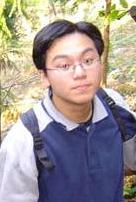
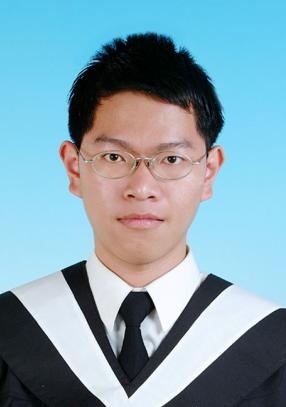
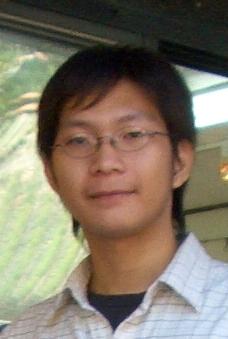
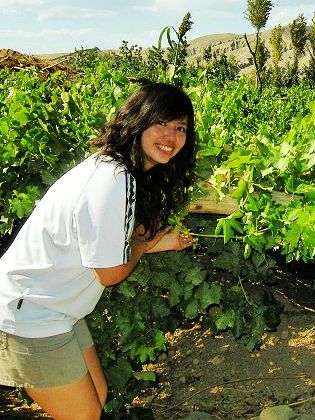

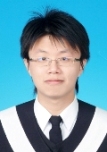
Chih-Hsiang was born in Tainan, Taiwan, R.O.C., in 1983. He received the B.E. and M.S. degrees from National Tsing Hua University, Hsinchu, Taiwan, in 2006 and 2008. He is currently working at Chi Mei Optoelectronics, Tainan, Taiwan. His researches present a novel CMOS MEMS micro-optical stage. The stage contains a Fresnel lens in the center, and then combines in-plane and out-of-plane thermal actuators outside. Thus, the focal point can be positioned by thermal actuators in two axes. Based on the fundamental framework, it could extend other focusing lenses, like binary phase Fresnel lens, convex lens, and integrate polymer lens into Fresnel lens to be compound lens. The compound lens can change curvature by heating, further tune the focal length.

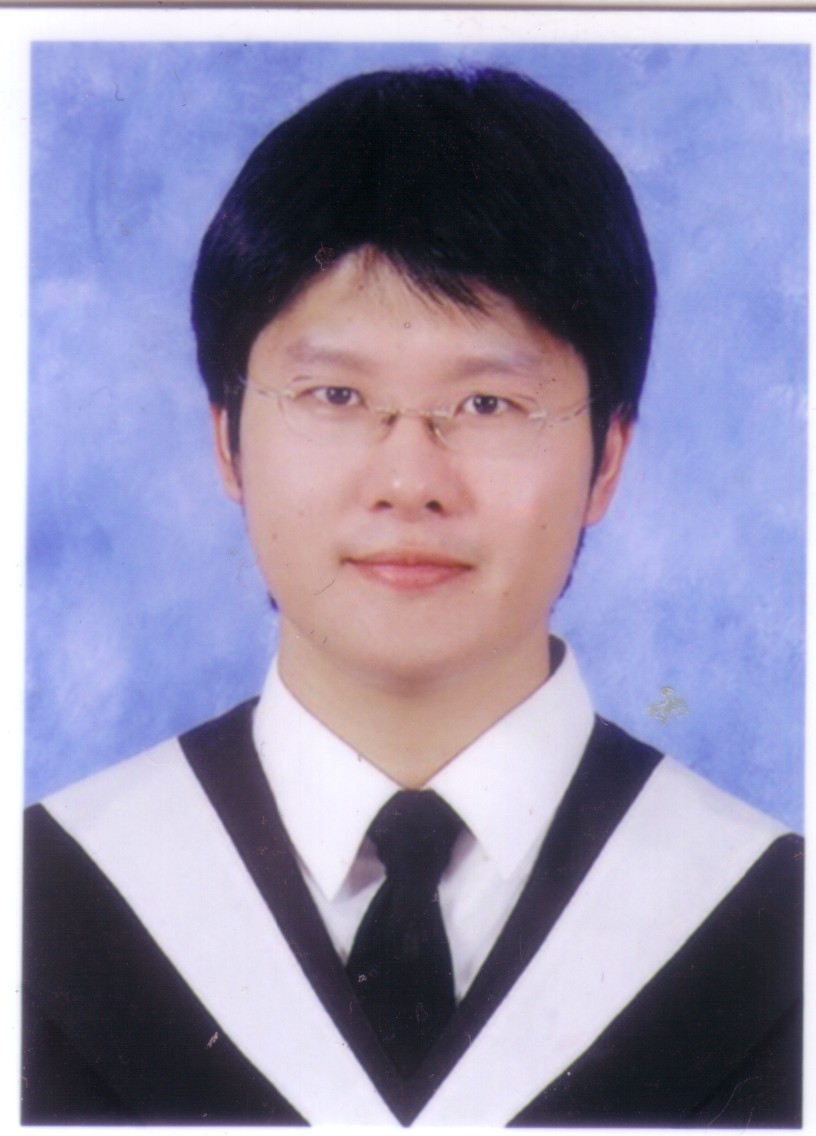

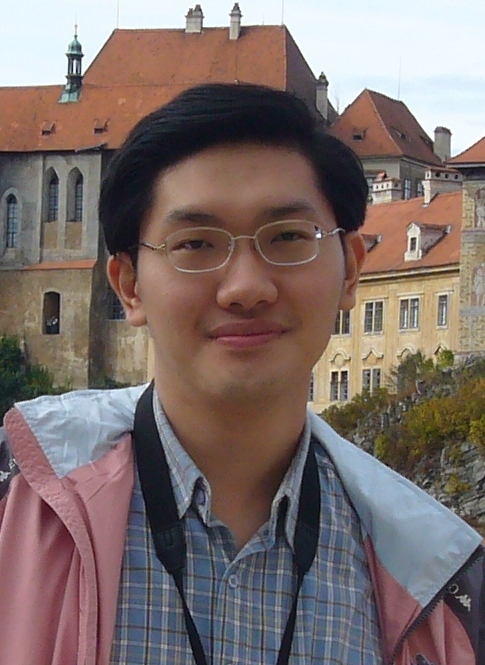
I was born in Pingtung, Taiwan, R.O.C., in 1985. I received the M.E. degree from National Tsing Hua University, Hsinchu, Taiwan, in 2009. I am currently serving the Substitute Service at Sahes Elementary School.
